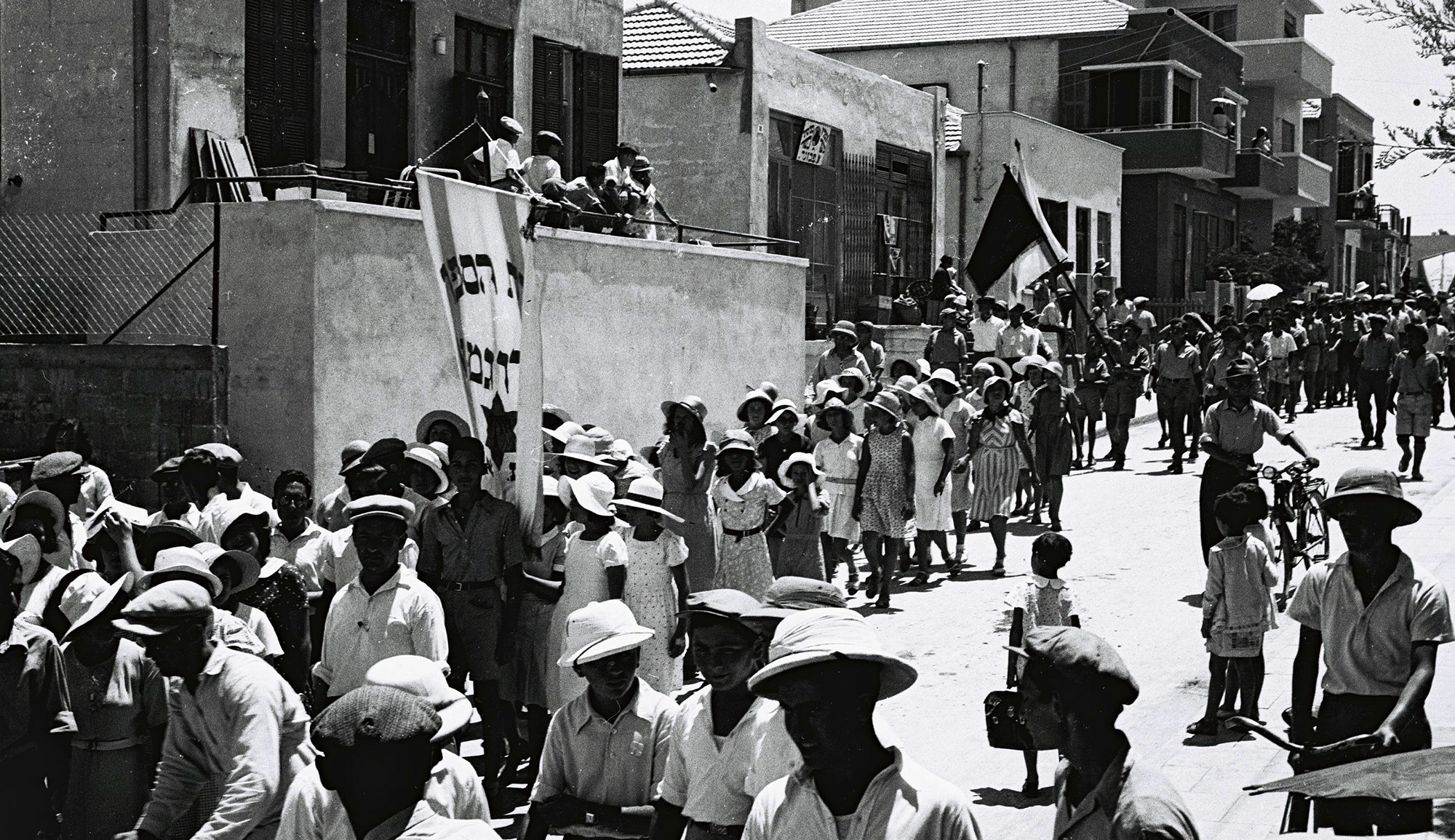The Maccabean revolt against the Seleucid king Antiochus Epiphanes, which makes up the core of the story of Hanukkah, lasted from 167 to 160 BCE, but conflict between the Judeans and the Syria-based Greek-speaking empire continued for decades thereafter. Among the subsequent wars described in the first book of Maccabees is that which occurred when Diodotus Tryphon ruled the Seleucid empire. A stone, roughly 1.2 inches long and meant to be used in slingshot, bears witness to this conflict, as the Times of Israel reports:
A lead sling stone bearing the name of a Seleucid leader who fought against the Hasmoneans was recently found in the southern Hebron Hills in the West Bank by the military’s Civil Administration Archaeology Unit. While it was unclear when the item was found, the Civil Administration released it to the media on Sunday, the first day of the Hanukkah festival, which celebrates the Jewish victory over the Seleucid empire during the Hasmonean period.
The ammunition had the name of Diodotus Tryphon—who reigned over the Seleucid empire between 142 and 138 BC—inscribed on it in Greek. It also bore an emblem of the Greek god Zeus, according to the archaeology unit.
The item was found at Tel Zif, adjacent to the Palestinian village of Zif.
More about: Ancient Israel, Archaeology, Hanukkah, Maccabees


